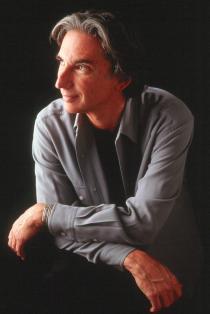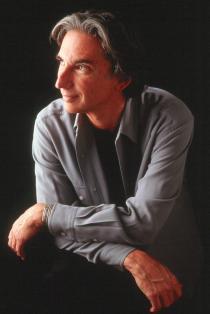
Favorite Beethoven symphony? I bet a lot of music lovers would give the surprising answer of the Sixth, the Pastoral Symphony, a supreme essay in an 18th-century genre that Beethoven infuses with personal emotional significance and his characteristic intensity.
In a San Francisco Symphony season crowded with big attention-getting concerts, you might not notice this one, which seems at first glance rather conventional, after the Barbary Coast extravaganza of the week before. But it’s actually a triumph of programming. Opening the concert is Mahler’s Blumine (Flowers), the orphaned movement of an early score by the composer, which was saved from the circular file by being temporarily inserted in his First Symphony. Recorded by the SFS separately from the First Symphony, as part of their complete Mahler cycle, it is perfectly placed here as the opening to a concert celebrating spring.
But in between it and the Beethoven comes Alfred Schnittke’s polarizing Violin Concerto No. 4 (1984), with SFS Concertmaster Alexander Barantschik as soloist. Schnittke, a Soviet Union-era Russian composer who was on the outs with authorities for decades because of his interest in the West European avant-garde, has no time for beautiful nature-painting, still less for nostalgia. He describes the lovely tune that opens his concerto as a “painted corpse.” The sometimes ferocious, jarringly dissonant, tumultuous music that challenges the piece’s classical melodies reminds us that, in nature (of which humans are an increasingly influential part), creation and destruction are counterpoised. At the concerto’s most famous moment, the “visual cadenza,” the soloist fades into a passionate silence.
If you can stand (or sit through) Schnittke’s vision of pain and despair overwhelming beauty, your experience of the Pastoral Symphony will certainly be changed – an example of how, through great programming, classical and contemporary music can illuminate each other.

